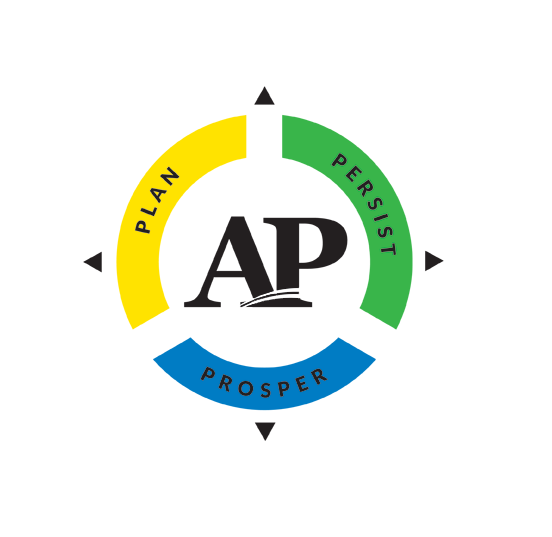Learn how to control your set-point
Researchers now know that we have a set-point for happiness. Oftentimes it’s compared to weight because it fluctuates. It’s also different for each person.
Before we dig into what contributes to our set-point, we should probably talk about what happiness is and isn’t.
Happiness isn’t…
- Making lots of money. According to research, the magic number in the US is about $75,000/year. Basically, it’s enough to take care of our needs, and some of our wants.
- Having lots of stuff.
- Ignoring our negative feelings and being “happy” all the time.
- Comparing ourselves to everyone else who we think is better off. Social media is horrible for contributing to our feelings of being “less than.”
Happiness is…
- How good we feel from one day to the next
- How satisfied we are with our lives
- a journey with ups and downs, and some neutral thrown in for good measure

What is this magic set-point researchers speak of?
I’m glad you asked!
Here’s how the numbers breakdown (roughly)
- 50% genetics
- 10% circumstances
- 40% our thoughts, actions, and behaviors
Wait, what?
Yes, you read that correctly. We have control over about 40%. We might even be able to control the 10% depending on what those circumstances are.
Here are my questions for you:
- What if you could experience more day-to-day happiness?
- What if you could influence your set-point?
Would you do it?
Just in case you’re nodding your head, here are five ways scientists at Happify tell us we can do just that!
- Savor. The next time you go for a walk and see a beautiful sunset, stop and take it all in. When you’re enjoying a treat, take a minute to appreciate how it smells, the feel of it in your hand (if possible), how it looks, its texture, and its taste. You’ll soon realize that you can savor lots of moments throughout your day.
- Express gratitude. Keeping a gratitude journal increases your happiness by about 25%, according to current studies. In fact, a few hours journaling over a 3-week period can lead to positive effects for 6 months or more.
- Aspire. Be hopeful. Make realistic goals for yourself, including mini-goals. Check them off one by one. As you see yourself accomplishing them you’ll create a positive feedback loop = more hope, and more feelings of happiness.
- Give. It’s not only the receiver who feels good in the exchange. When we give of our time, our money, or anything else, we get a big boost to our happiness level. Check out this post about happy brain chemicals.
- Empathize. This involves being able to put ourselves in someone else’s shoes. It’s perspective-taking. It’s non-judgmental. Included here are compassion and self-compassion. Compassion is action-oriented. We see someone in need of our help, and we provide it. Self-compassion is recognizing our need to be understood and accepted.
A note on self-compassion
When you feel compelled to allow that voice in your head to speak to you in a way that no other is allowed, here’s what I want you to do. A
What would my best friend say to me right now?
Chances are they’d show you compassion.
Happiness is part science and part art.
How will you increase your happiness tomorrow?
Interested in where those numbers came from? Check out Pursuit of happiness: The architecture of sustainable change by Lyubomirsky, Sheldon & Schkade (2005).

